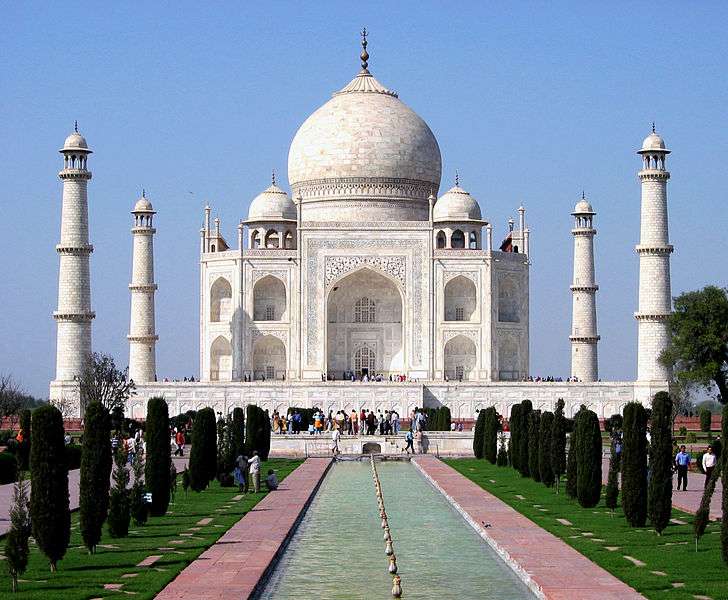Taj Mahal, Agra, India. Credit: Dhirad
International collaboration compares the impact of dung cake burning versus the burning of municipal solid waste on browning of world heritage monument and on the health of people living nearby.
Airborne particulate matter (PM) in cities poses a range of problems including degradation in air quality leading to health concerns and also the discolouration of ancient buildings. In Agra, home to the Taj Mahal, authorities have taken a number of measures to curb the impact of local air pollution on the world heritage site. These steps include restricting vehicles near the complex, requiring iron foundries to install scrubbers and filters on their smokestacks, prohibiting new polluting enterprises from being built within a defined buffer zone around the mausoleum, and—most recently—banning the burning of cow dung cake as cooking fuel.
Adding to this list, scientists have expressed concern about the impact of municipal solid waste (MSW) burning—reporting their most recent findings in the journal Environmental Research Letters. Using new field methods, researchers based in India and the US, provide scientific evidence that the burning of MSW in the vicinity of the monument could also be contributing harmful levels of material.
In their work, the scientists find that open MSW burning leads to about 150 mg m-2 per year of PM2.5 (fine particulate matter) being deposited on the surface of the Taj Mahal compared to about 12 mg m-2 per year from dung cake burning. Furthermore, the researchers highlight that these two sources combined represent a serious health concern based on estimates of premature mortality associated with PM2.5 exposure.
Instrumental in the analysis, which involved characterising MSW burning and emissions in different neighbourhoods—wealthy, poor and middle-income—in multiple Indian cities, were the researchers Ajay Nagpure and Raj Lal. Nagpure is based at the University of Minnesota's Center for Science, Technology and Environmental Policy, and Lal is a member of Georgia Tech's School of Civil and Environmental Engineering.
The current study also reunites experts including Sachchida (Sachi) Tripathi from IIT-Kanpur, Anu Ramaswami (University of Minnesota), and Michael Bergin (Duke University); building on earlier work supported by the Indian Government and the US National Science Foundation.
Now that the evidence has been presented, what are the next steps? "Our early explorations find that just decreeing a blanket ban on MSW-burning is not effective as residents may have no other options," comments Armistead Russell of Georgia Tech, who joined the programme thanks to an NSF project supporting partnerships in international research and education. "Instead, finding new ways to serve underserved and poor areas with waste pick up, potentially involving neighbourhood associations—appears to be a more promising route for authorities to pursue."
More information: Raj M Lal et al. Municipal solid waste and dung cake burning: discoloring the Taj Mahal and human health impacts in Agra, Environmental Research Letters (2016). DOI: 10.1088/1748-9326/11/10/104009
Journal information: Environmental Research Letters
Provided by IOP Publishing























